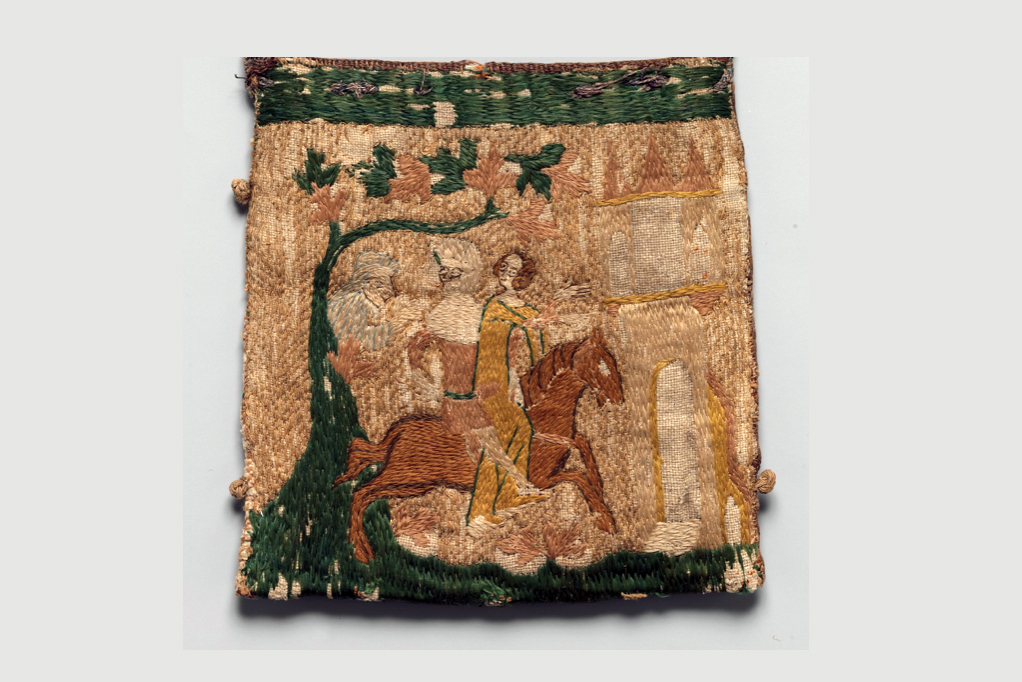What was life like for medieval women? A new book tells the story in detail while offering copious illustrations
Daily Life of Women in Medieval Europe
Af Belle S. Tuten
California, ABC-CLIO 2022
Ordinary people are often hard to see in the historical record. This resource for students reveals the everyday world of the Middle Ages for women: sex, marriage, work, and power. Using up-to-date scholarship from both archeology and history, this book covers major daily concerns for medieval people, their understanding of the world, their relationships with others, and their place in society. It attempts to clarify what we know and what we do not know about women’s daily lives in the Western European Middle Ages, between approximately 500 and 1500 CE.
The book’s focus is everyday life, so the topics are organized around women’s chores, expectations, and difficulties, especially with regard to sexuality and childbirth. In addition to broad survey information about the Middle Ages, the book also introduces major women writers and thinkers and provides some examples of their work, giving the reader an opportunity to engage with the women themselves.
The book offers a splendid and well-illustrated introduction to women’s lives covering the period from the fifth to the fifteenth centuries and such themes as:
- Marriage and Sexuality
- Childbirth, Child Rearing, and the Life Cycle
- Working Women
- Noble Women
- Religion and the Church
- Women on the outskirts
Added to this are a series of well organised biographies of women given voice in their own words. Included are also a handful of excerpts of primary documents.
ABOUT THE AUTHOR:
Belle S. Tuten, PhD, is Charles A. Dana Professor of History at Juniata College, Huntingdon, PA.
FEATURED PHOTO:
French embroidered purse with scenes from the story of Patient Griselda. 14th century © Metropolitan Museum of Art, Accession Number: 27.48.2. Open Domain
This embroidered scene depicts the popular medieval tale of Griselda, a poor maiden who was tested long and cruelly by her noble husband and thus exemplifies ideal Christian patience. The story appeared in various forms, the best known of which is “The Clerk’s Tale” in Chaucer’s Canterbury Tales. The needlework may have been made professionally, or by its owner, inasmuch as needlework was considered an essential part of a woman’s education.

